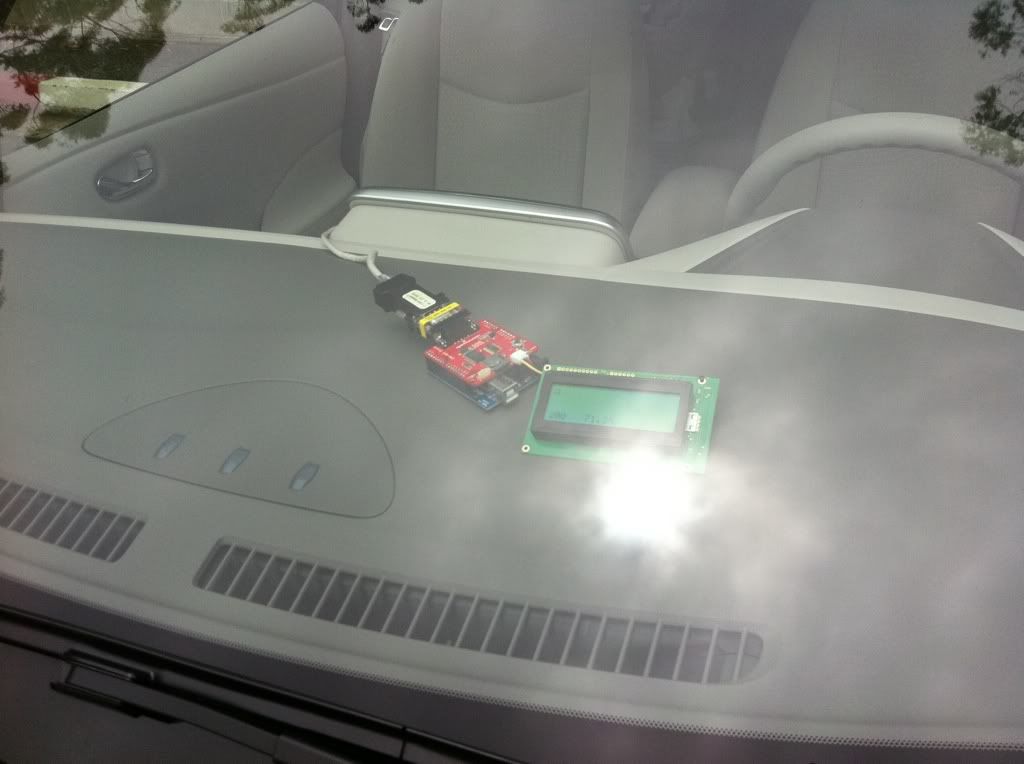Please note; I previously reported ID:x1DB : D6&D7 as "amps". That's wrong; it's D1&D2 of the data field (D1 8). I reported the "Volts" field incorrectly also. I got "Volts" from D3&D4(upper 2 bits)... so sorry if I confused anyone trying to get the same data. Edited the earlier post.
8). I reported the "Volts" field incorrectly also. I got "Volts" from D3&D4(upper 2 bits)... so sorry if I confused anyone trying to get the same data. Edited the earlier post.
Here's a bit more info on the CAN ID 0x1DB data. Using D1&D2 for amps and D4 & upper 2-bits of D5 for Volts
Again, I'm totally making up these scale factors but I recorded 0x1DB for an end of charge cycle with the Blink.
The Blink input power is logged via a TED device. The end-of charge shows some nice features during the equalization phase which correlate really well between my 0x1DB "Watts" and the Blink Watts. Notice the Blink (in red) is about 3700, my CAN "Watts" (blue) scales to about 3300 W. Seems possible. The CAN data was smoothed to 1-sec to be commensurate with the Blink. It's still way too noisy IMO. Possibly because I don't know what I'm looking at, or the quantization is high or something else. I think we should have a much smoother curve at the earlier, steady part of the plot.
Again apologies for the earlier errors with byte-fields.

Here's a bit more info on the CAN ID 0x1DB data. Using D1&D2 for amps and D4 & upper 2-bits of D5 for Volts
Again, I'm totally making up these scale factors but I recorded 0x1DB for an end of charge cycle with the Blink.
The Blink input power is logged via a TED device. The end-of charge shows some nice features during the equalization phase which correlate really well between my 0x1DB "Watts" and the Blink Watts. Notice the Blink (in red) is about 3700, my CAN "Watts" (blue) scales to about 3300 W. Seems possible. The CAN data was smoothed to 1-sec to be commensurate with the Blink. It's still way too noisy IMO. Possibly because I don't know what I'm looking at, or the quantization is high or something else. I think we should have a much smoother curve at the earlier, steady part of the plot.
Again apologies for the earlier errors with byte-fields.





